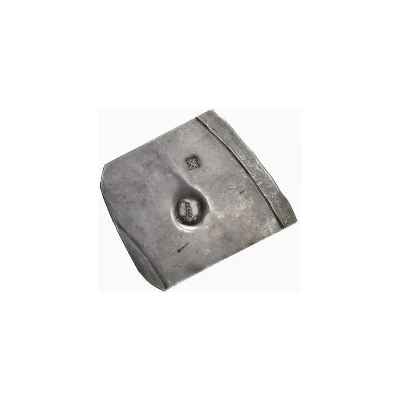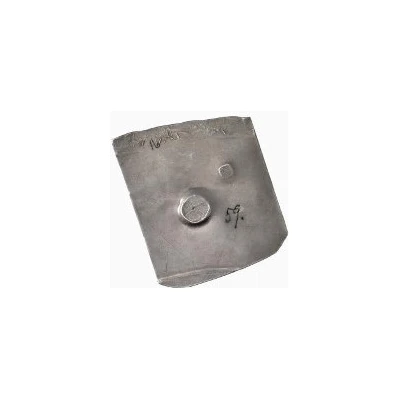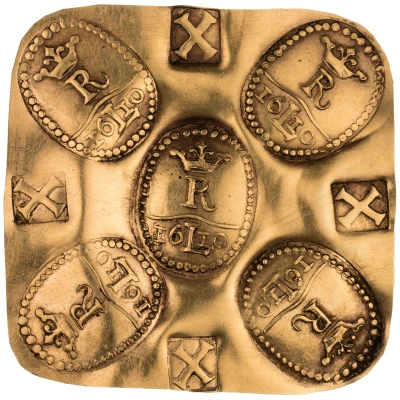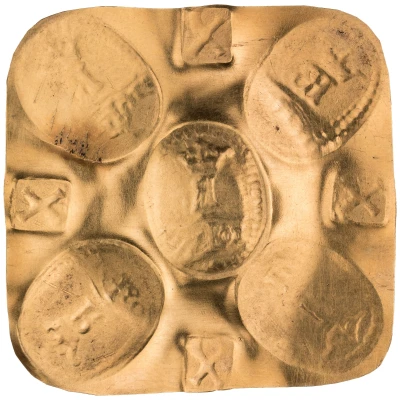20 Stüber Siege currency
1621 year| Silver | 8.88 g | 36 mm |
| Issuer | City under siege of Jülich (German States) |
|---|---|
| Period | Eighty Years' War (1568-1648) |
| Type | Standard circulation coin |
| Year | 1621 |
| Value | 20 Stüber |
| Currency | Stüber |
| Composition | Silver |
| Weight | 8.88 g |
| Diameter | 36 mm |
| Shape | Round |
| Demonetized | Yes |
| Updated | 2024-10-05 |
| Numista | N#142860 |
|---|---|
| Rarity index | 100% |
Reverse
Blank.
Comment
When the last duke of Jülich-Kleves-Berg died in 1609, a controversy over his territory broke out. The Elector of Brandenburg and the Count of Neuburg entered an agreement in which they would split the territory between themselves. Holy Roman Emperor Rudolf II was not happy with these terms. He sent Archduke Leopold V, his cousin, to serve as the administrator of the disputed duchy. Leopold set up his headquarters in the fortress at Jülich, which was handed over to him by Baron Johann von Reuschenberg. The fortress, now under the control of the Holy Roman Empire, was besieged in 1610 by a large force composed of nations hostile to the Habsburgs. This siege prompted Leopold and Johann von Reuschenberg to abandon Jülich. After the siege, the Count of Neuburg and Elector of Brandenburg put into effect their original plan to split the territory of Jülich-Kleves-Berg. They put the Dutchman Frederik Pithan in control of the fortress at Jülich. This, in effect, meant that the United Provinces controlled the fortress. In 1621, when the Dutch ceasefire with Spain expired, Spain invaded the United Provinces and besieged the Jülich fortress. After a costly siege, Spain took the fortress.Interesting fact
One interesting fact about the 20 Stüber siege currency coin from Jülich (German States) is that it was made of silver, which was a valuable and durable material that was commonly used for coins during that time period.



